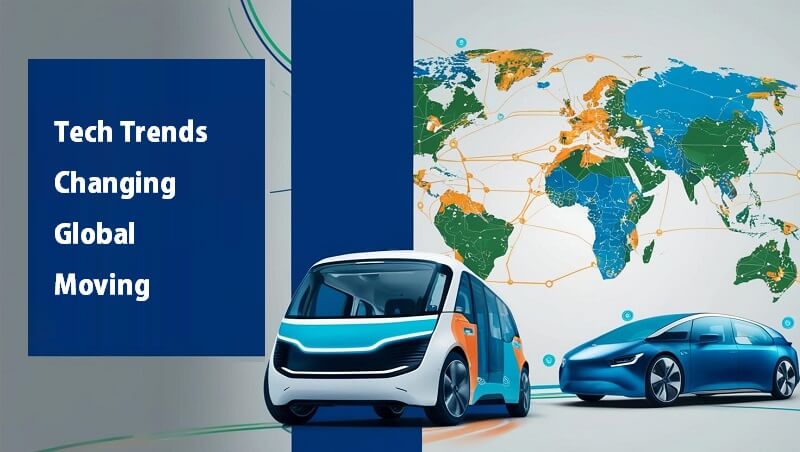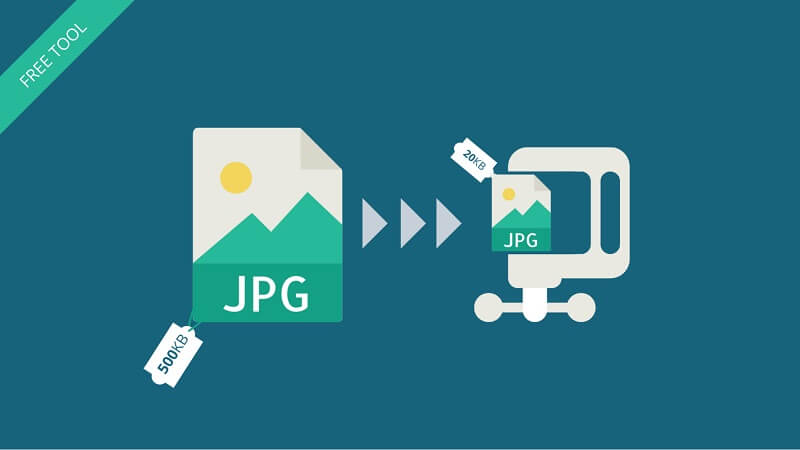Moving across borders used to mean stress, paperwork, and a whole lot of guesswork. But in 2025, tech is flipping the script.
Various tech-based solutions and innovations are making global logistics smoother, faster, and more reliable.
International movers and shipping companies are fast adapting to these technologies to avoid falling behind both their competitors and their customers’ growing expectations. It’s also how they can cut costs, stay on schedule, and reduce their footprint.
Let’s dive into the five biggest tech trends reshaping how the world moves (literally!).

1. AI-Powered Logistics and Route Optimization
Gone are the days of playing Tetris with shipping schedules. In 2025, AI is doing the heavy lifting behind the scenes.
Modern moving companies now use AI to plan the fastest, most efficient routes, factoring in real-time traffic, weather, and even customs wait times. It helps avoid delays, lowers fuel costs, and keeps your move on track.
Modern AI-powered tools like Wise Systems, Project44, and FourKites constantly analyze live traffic data, weather disruptions, fuel prices, and customs patterns to avoid delays before they happen.
The result? Shorter transit times, lower fuel consumption, and fewer missed delivery windows.
For example, Greenplan, a DHL Express-funded startup, developed an AI-based route optimization tool that can achieve up to 20% in fuel cost savings while using 70% less computing time than standard routing tools.
2. Virtual Surveys & Digital Inventory Management
In 2025, global moving starts with a smartphone. Clipboard inspections and guesstimates are becoming a thing of the past.
Most international movers now offer virtual pre-move surveys using video calls or apps powered by AI and augmented reality. Tools like Yembo.ai and SurveyBot scan your home, recognize items, and generate an accurate volume and weight estimate—no in-person visit needed.
Not only does this speed things up, but it also reduces errors and missed items on moving day. Plus, it’s easier for people relocating across time zones or coordinating remotely.
On the backend, movers are ditching paper checklists for cloud-based inventory platforms like Movegistics or Supermove, which track every item in real-time, often with photo documentation. You can see what’s packed, where it’s stored, and when it’s arriving—all from your phone.
For instance, Mayflower Transit introduced virtual surveys in early 2020, and by 2024, nearly 80% of their long-distance customers had switched to virtual. The results? Faster bookings, fewer billing disputes, and a smoother customer experience overall.
Pro tip: Ask your moving company if they support AI-assisted video surveys. It’s faster, safer, and way more accurate than a traditional walk-through.
3. Blockchain for Secure and Transparent Shipping
Global moves involve a mountain of documents—shipping manifests, customs declarations, insurance forms. In 2025, blockchain is making sense of the chaos.
With blockchain, every document, transaction, and handoff is recorded in a secure, tamper-proof ledger.
No more lost paperwork. No more “he said, she said” when something goes missing. Everyone involved—from movers to customs agents—sees the same, verified data in real time.
Platforms like TradeLens (co-developed by IBM and Maersk) and CargoX are already being used for cross-border shipping. They streamline document sharing, cut down processing time, and help prevent fraud.
With TradeLens, what used to take up to 10 days of paperwork got reduced to a few hours. Customs clearance became faster and more transparent, making the entire chain more reliable.
Some moving companies are also using blockchain to log a chain-of-custody for high-value items. So, you always know where your stuff is and who handled it last.
Pro tip: If you’re moving expensive equipment or sensitive materials, ask if your mover offers blockchain-backed tracking. It’s peace of mind you can literally see on the ledger.
4. Green Tech and Sustainable Moving Solutions
Global moving means adding to the issue of global warming. It means damaging the planet—something we might not be able to afford (at all) in the near future.
Eco-conscious moving companies are using electric trucks, carbon tracking software, and reusable packing materials to cut emissions and reduce waste. Some even offer carbon-neutral moves by offsetting emissions through verified climate projects.
Tools like EcoTransIT and Searoutes let logistics teams estimate carbon impact before a move even begins, helping companies—and customers—make greener choices. EV adoption is also accelerating, with companies like Pickfords in the UK adding electric vans to their fleets.
Another case in point: NorthStar Moving Company in California offers full-service green moves. These are powered by biodiesel trucks, recycled boxes, and zero-waste practices. They even donate unwanted items to local charities instead of sending them to landfills.
And the shift isn’t just for show. With stricter regulations and clients demanding transparency, green practices are becoming an actual competitive edge.
5. Automation and Robotics in Warehousing & Last-Mile Delivery
Operational technology (for the uninitiated, check out in detail what is operational technology) is taking center stage in various industries, including manufacturing and supply chain.
Packing, lifting, storing, delivering—repeating that thousands of times a day? That’s becoming a job for the bots.
Automation is quietly running the show behind many international moves. From robotic arms sorting boxes in warehouses to automated forklifts loading containers, these tools speed things up and lower the risk of human error (or injury).
Then comes the final leg—last-mile delivery. Companies like Starship Technologies and BoxBot are experimenting with autonomous delivery bots and self-driving vans to get your stuff to the doorstep faster and cheaper.
Did you know that Amazon’s fulfillment centers are packed with over 750,000 robots working alongside humans to move, scan, and sort packages with incredible precision? This tech is trickling down to smaller logistics providers who now rent robotic solutions as a service (RaaS), making automation more accessible across the board.
And for storage? Facilities are using smart shelving systems that automatically retrieve and organize items. No more lost boxes. No more chaos.
Wrapping Up
Thanks to AI, blockchain, automation, and a big push for sustainability, relocating across borders is becoming faster, smarter, and more transparent in 2025.
Whether you’re an individual or a business, tech-savvy movers can offer smoother experiences and fewer headaches.
So before you book your next big move, take a moment to check—is your mover keeping up with the times?








